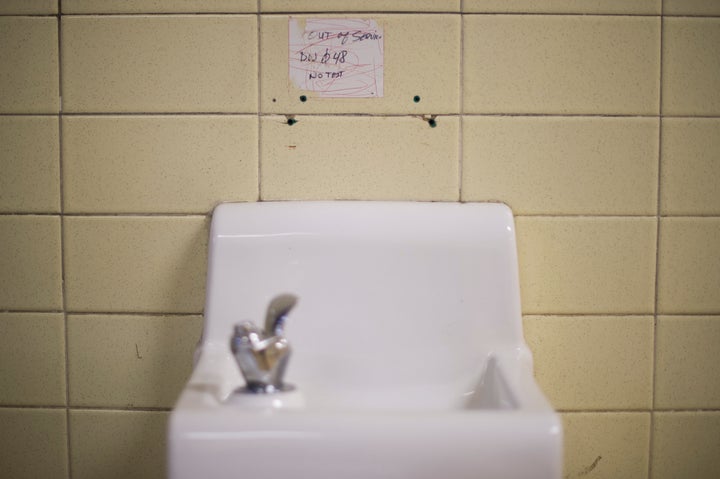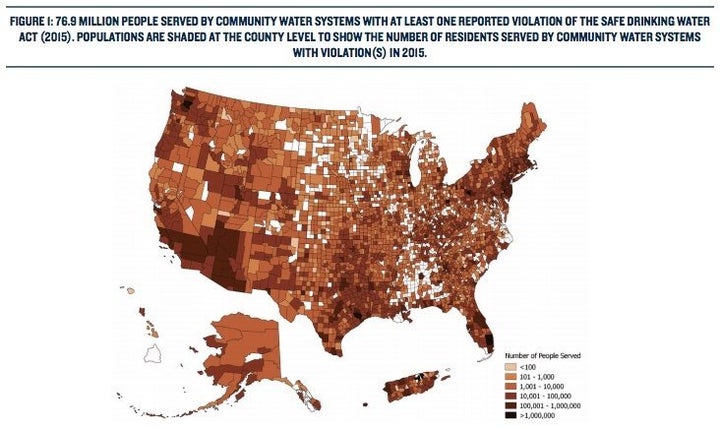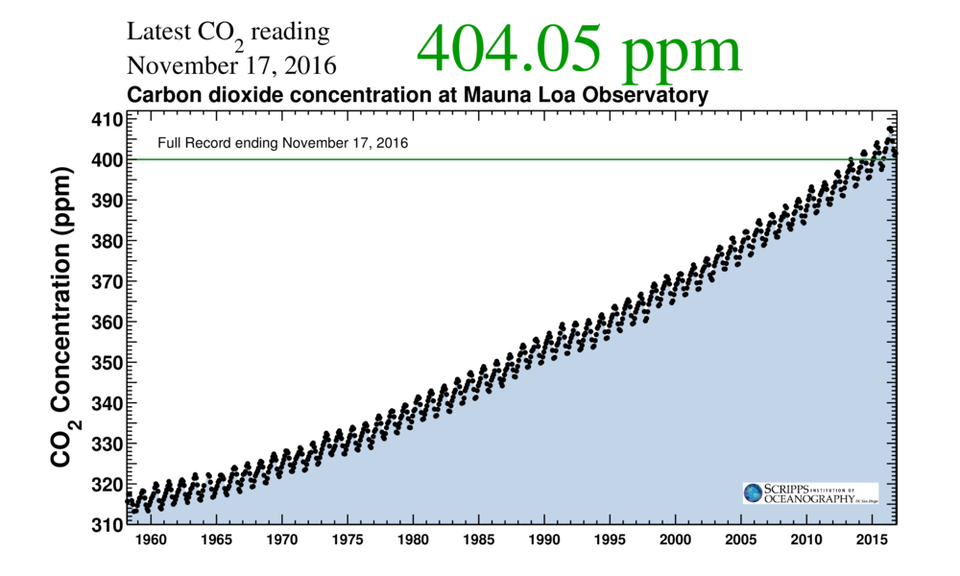
Many utilities are struggling to consistently deliver safe drinking water, and the problem seems primed to get even worse.
That’s the dire message in a new analysis of federal drinking water violations released Tuesday by the Natural Resources Defense Council, an environmental advocacy group.
The analysis found that water systems cited for at least one violation of the Safe Drinking Water Act in 2015 serve nearly 77 million people —about one-quarter of the U.S. population — in all 50 states. Perhaps more troublingly, the vast majority of the violations carried no formal repercussions.
About 87 percent of the violations resulted in no formal enforcement action, according to the federal data. Just 3.3 percent of the violations led to financial penalties for the responsible utilities.
“Unfortunately, what we have is no cop on the beat,” Erik Olson, NRDC health program director, said in a call with reporters on Tuesday. “No one is really enforcing the law in the vast majority” of drinking water violations.
The federal Safe Drinking Water Act, signed into law in 1974, requires water utilities to comply with drinking water standards established by the Environmental Protection Agency and typically enforced by states.
According to the analysis, more than 80,000 drinking water violations were reported by 18,000 utilities in 2015. About 12,000 of those violations had the potential to affect health, because of water contamination by at least one of about 100 regulated pollutants, including coliform bacteria, nitrates and lead.
Other violations resulted from utilities’ improper monitoring of contaminants or test reporting, which Olson said “can be masking serious violations of the health standards.”

The widespread violations reflect the poor condition of many of the nation’s water infrastructure systems, often nearing the end of their useful life and in need of major repairs and upgrades.
The latest infrastructure “report card” released this year by the American Society of Civil Engineers rated the nation’s water systems a D and estimated the cost of necessary investments at $1 trillion.
It appears clear the federal government won’t be stepping up to fill the funding gap anytime soon, even after the lead crisis in Flint, Michigan, shined a national spotlight on drinking water concerns.
While President Donald Trump’s proposed budget slightly increased funding for the EPA’s popular state revolving funds, which help utilities finance repairs and upgrades, the budget also proposes a 31 percent funding cut to EPA, slashing the agency’s enforcement budget and several water-related programs and grants.
And, as the NRDC analysis pointed out, previous funding levels at the EPA didn’t get the job done, either.
This is especially the case in small, rural and often poor communities. According to the analysis, the nation’s smallest water utilities, serving fewer than 500 customers, accounted for half of the health-based violations reported in 2015, and almost 70 percent of violations overall.
This is likely due to smaller utilities lacking both the resources and technical knowhow to properly address water contamination threats that arise, NRDC senior attorney Mae Wu explained.
“There’s a two-tiered drinking water system in this nation, and rural America is most at risk from the inequality,” Wu said in a statement.
A report last year by USA Today found that about 4 million Americans were served by very small water utilities that either skipped required lead-contamination tests, or weren’t properly carrying out the tests.
Trump’s proposed zeroing-out of a U.S. Department of Agriculture water and wastewater loan and grant program would put an additional strain on these communities.
The NRDC analysis laid out several recommendations, including revamping the nation’s water systems, increased funding for upgrades, strengthened drinking water regulations, and improved enforcement of existing regulations.
Given the push from the Trump administration and Republicans in Congress to eliminate regulations and cut non-defense spending, the wish list is unlikely to gain traction.
“We’re living off our great-grandparents’ investments” in water infrastructure, Olson said. “We need to make new investments, strengthen the rules and fix our enforcement problem.”
―-
Joseph Erbentraut covers promising innovations and challenges in the areas of food, water, agriculture and our climate. Follow Erbentraut on Twitter at @robojojo. Tips? Email joseph.erbentraut@huffingtonpost.com.

